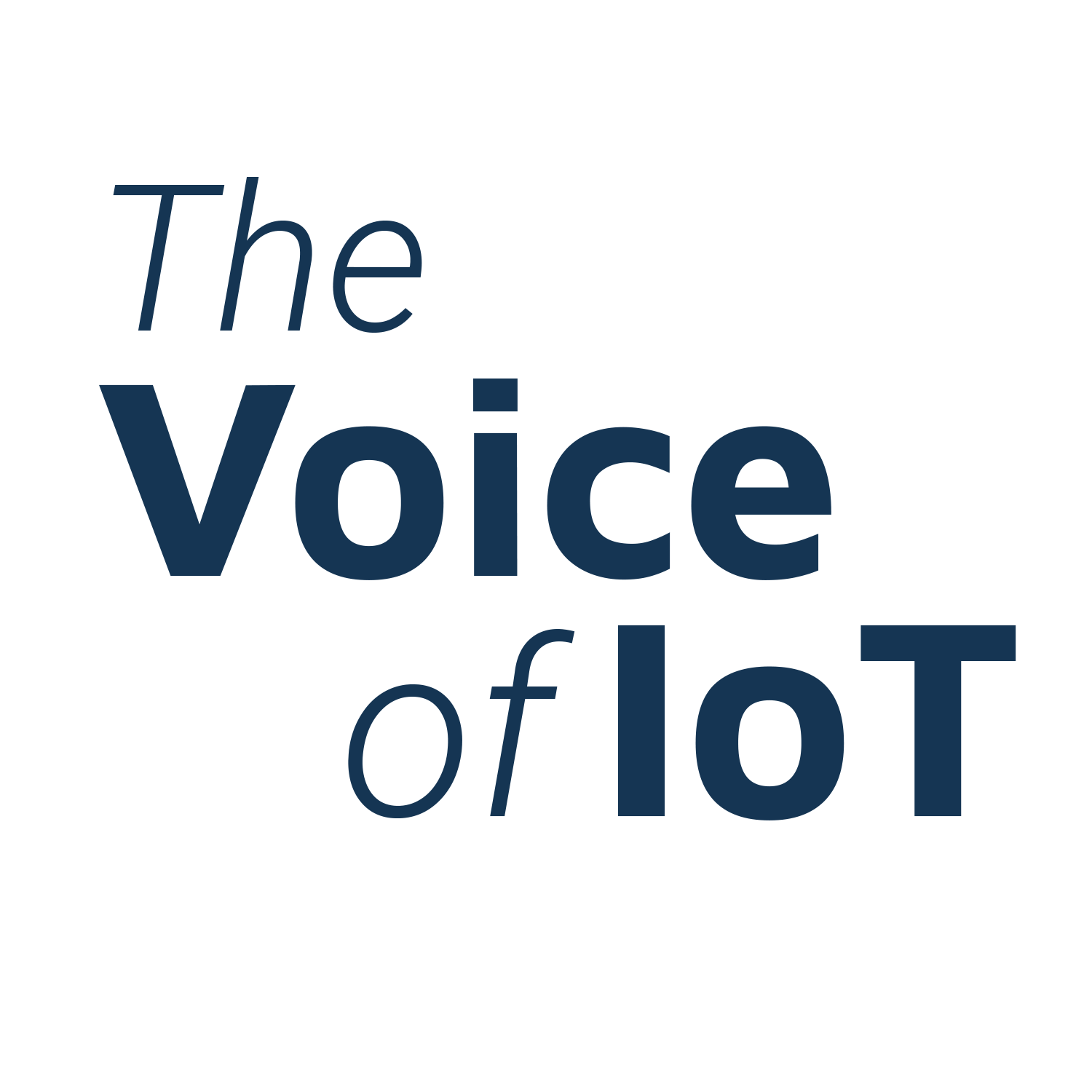The Voice of IoT. September 2020
Digital Transformation is one of the most exciting experiences I have made for the Security Industry.
Digitalisation supports the alarm receiving center, installers, and alarm panel manufacturer because
of new business models, simple processes, and customer proximity. On the upcoming of more and
more signals and information through IoT devices, I see the need for a smart, simple, and automated
way to route this information to the right people just in time. Our hosted solution evalink provides
this range of new opportunities directly to the customers already today and will grow in the
following years to its open architecture.
Peter Monte. CEO. Sitasys AG. Schweiz

The need of automation in facing IoT signals.
Within the next few years, we will see a growing amount of sensors, signals, and actors through IoT
devices within the industry, smart homes, smart cities, medicine, and many other fields we might
not even think of yet. All these connected IoT devices will send a vast amount of information that
has to be analyzed, processed, and smartly allocated to the right place at the right time. For that, we
will have a growing need for a smart system to route these signals automatically and intelligently
and filter the non-important noise and only focus on the critical signals.
This game-changing development will have a significant impact on how we process signals and how
we set up our systems to activate the right responders. We will see new technologies and market
players enter the field of signal processing and forwarding. What they all will have in common is the
target to satisfy their customers with managing these signal overflow and only show what is
important to them.
Satisfy your partners with a simple, effective, and smart alarm/signal routing.
Within the rather conservative alarming industry, this development gives us the chance to win on
safety by leveraging these new possibilities. With these pieces of information and actors that were
nonexistent before, we can now process alarms more efficiently and filter real hazards from false
alarms. Through these new possibilities, we let the security companies focus themselves on the real
threats and liberate them from thousands of false alarms and hundreds of inefficient working hours.
We even go a step further and give our customers the option to use IoT integrations and let them set
up a system that decides on its own and is doing all the measures that are needed to process the
alarm. We use here the power of automation together with the possibilities of IoT devices to give
our customers freedom, efficiency, and a way to get the signal to the right responders. All these
steps are entirely transparent and monitored all the time, so the user still has full control and sees
what his system is doing all the time
More than just routing, a solution to connect the right responders
As we see our signal processing and allocating alarm software grow, we experience the potential of
even deeper connected integration, especially out of the alarming field. The potential is vast, and
software that can combine many different signals and let them communicate with each other is
highly demanded. Today we have many protocols and a fragmented environment with various
applications and a lot of pain on the side of the customer to harmonize everything. When we did
build our evalink platform, flexibility was the target number one. With our open solution, we bring
these different protocols together and let them communicate directly and smartly. By building
evalink talos we were thinking more into connecting and communicating with IoT devices that
already exist or will pop up in the future rather than just limiting us to the alarming industry.
In conclusion, we will see a spike in signals and information from IoT devices within the next 12-24
months and a strong need to process all of this. If we don’t want to be overwhelmed by this vast
amount, we need a filter to handle all of these signals smartly and take off the pressure of the signal
responders.

